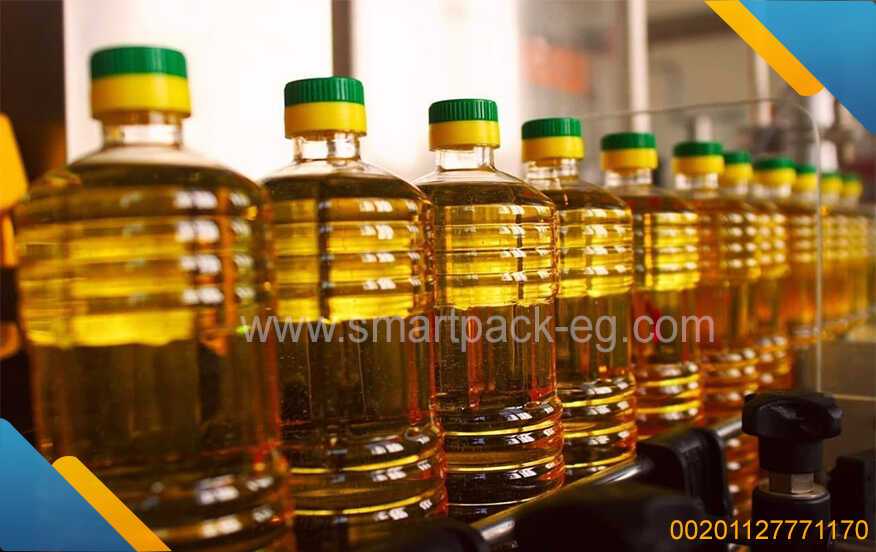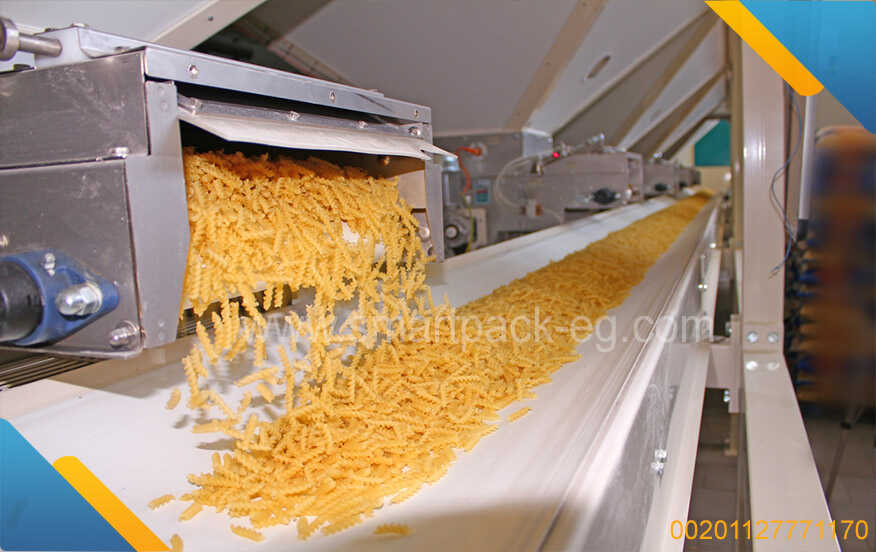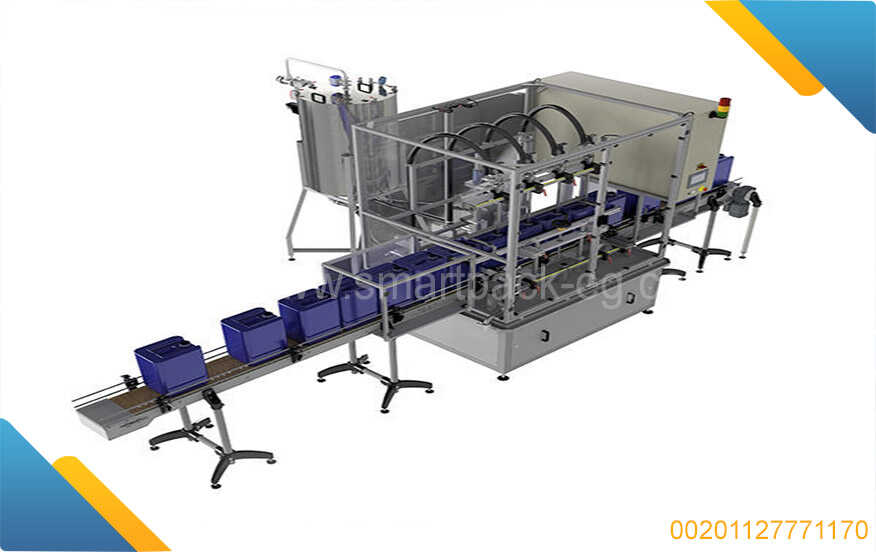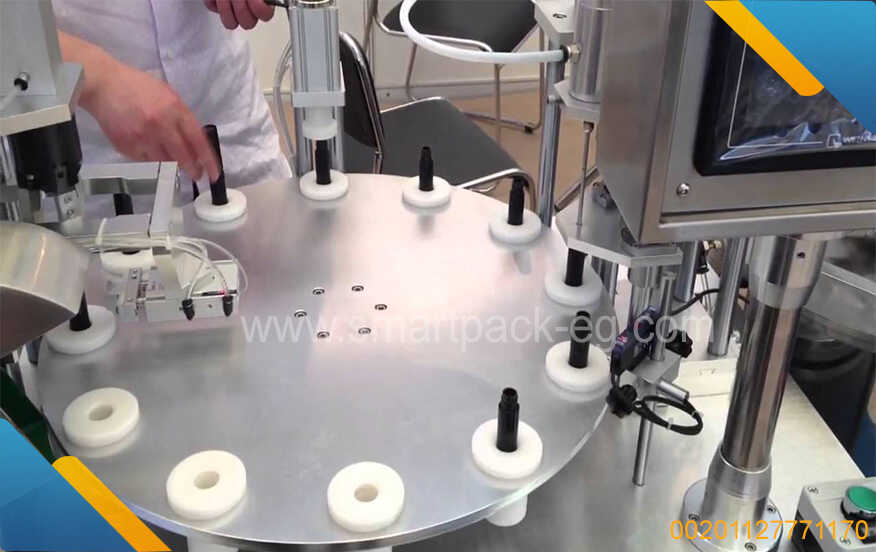Title: How To Guide: Manufacturing, Mixing, and Packaging Machines for Toothpaste in Egypt
Introduction:
Manufacturing, mixing, and packaging machines play a critical role in the production process of toothpaste in Egypt. With the right machinery and processes in place, toothpaste manufacturers can ensure consistent quality, increased productivity, and efficient packaging. In this guide, we will discuss the step-by-step method of manufacturing, mixing, and packaging machines for toothpaste in Egypt. By following these guidelines, you can streamline your production process and deliver exceptional toothpaste products to your customers.
Ingredients and Equipment:
Before delving into the manufacturing, mixing, and packaging methods, it's essential to have a clear understanding of the necessary ingredients and equipment. Here are some primary ingredients used in toothpaste manufacturing:
- Abrasives (such as calcium carbonate or silica)
- Binders (such as sodium carboxymethyl cellulose or xanthan gum)
- Humectants (such as glycerin or sorbitol)
- Fluoride compounds
- Therapeutic agents (such as triclosan or herbal extracts)
- Flavoring agents (such as peppermint or spearmint oil)
Furthermore, you will require specific types of equipment for manufacturing, mixing, and packaging toothpaste:
-
Manufacturing Machines: The manufacturing process involves mixing and homogenizing all the ingredients together. Some common machines used include dispersers, high-speed mixers, cooling tanks, and emulsifying equipment.
-
Mixing Machines: Once the ingredients are combined, mixing machines are used to create a homogeneous paste. Popular options include sigma blade mixers or paddle-type mixers.
-
Packaging Machines: Finally, toothpaste must be packaged in tubes or containers. Packaging machines like tube fillers, capping machines, labeling machines, and cartoning machines are utilized for this purpose.
Manufacturing Process:
Now let's dive into the step-by-step method for manufacturing toothpaste using the appropriate machines:
Step 1: Weighing Ingredients
Accurately measure and weigh each ingredient according to the desired formulation using a digital scale.
Step 2: Mixing
Transfer the weighed ingredients into a mixing machine capable of thoroughly blending the components. Mix until a uniform, smooth consistency is achieved.
Step 3: Homogenization/Emulsification
If necessary, pass the mixed paste through a homogenizer or emulsifier to further refine the product and ensure uniform particle distribution.
Step 4: Cooling
Direct the mixture to a cooling tank or cooling jacket attached to the mixing machine to bring down the temperature. Cooling prevents any premature reactions and allows for better viscosity control.
Step 5: Quality Control
Test the viscosity, pH, and other relevant parameters of the toothpaste at this stage. Adjust as needed to meet standards.
Packaging Process:
After the toothpaste has been manufactured, it is time to package it to meet consumer needs. Follow these steps for efficient packaging:
Step 1: Filling
Using specialized tube-filling machines, fill the toothpaste into tubes. These machines are equipped with precise volume control mechanisms to ensure consistency.
Step 2: Capping
Seal the filled tubes using capping machines, which securely close the tubes to prevent leakage.
Step 3: Labelling and Packing
Attach labels with necessary information, such as brand name, product description, and manufacturing date. Then pack the finished tubes into boxes using cartoning machines. You can also automate this process by using robotic systems for faster packaging.
Conclusion:
By following this methodological approach, toothpaste manufacturers in Egypt can produce high-quality products with efficiency, consistency, and precision. Utilizing appropriate manufacturing, mixing, and packaging machines ensures that your toothpaste meets consumer expectations and complies with regulatory standards. Remember to maintain a hygienic production environment, regularly calibrate and maintain your machinery, and conduct thorough quality control checks throughout the entire process.

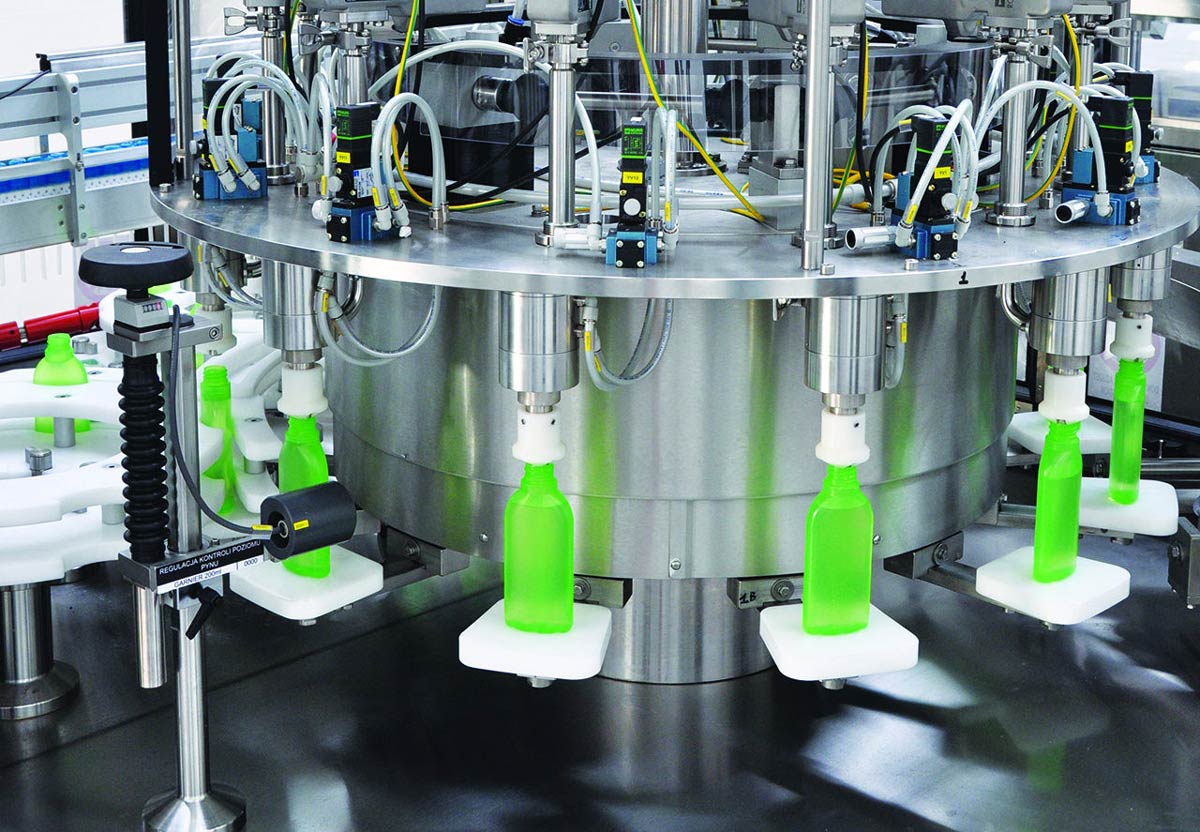

 Admin
Admin 